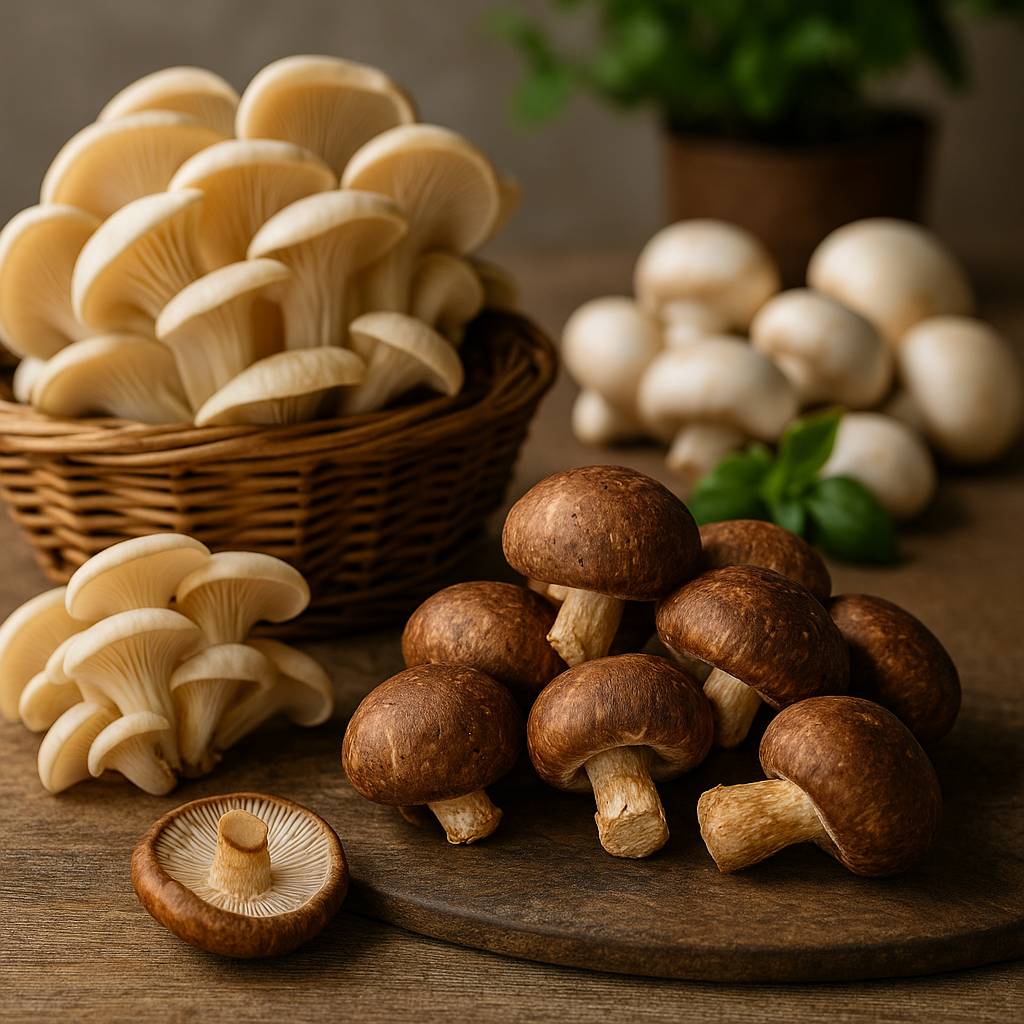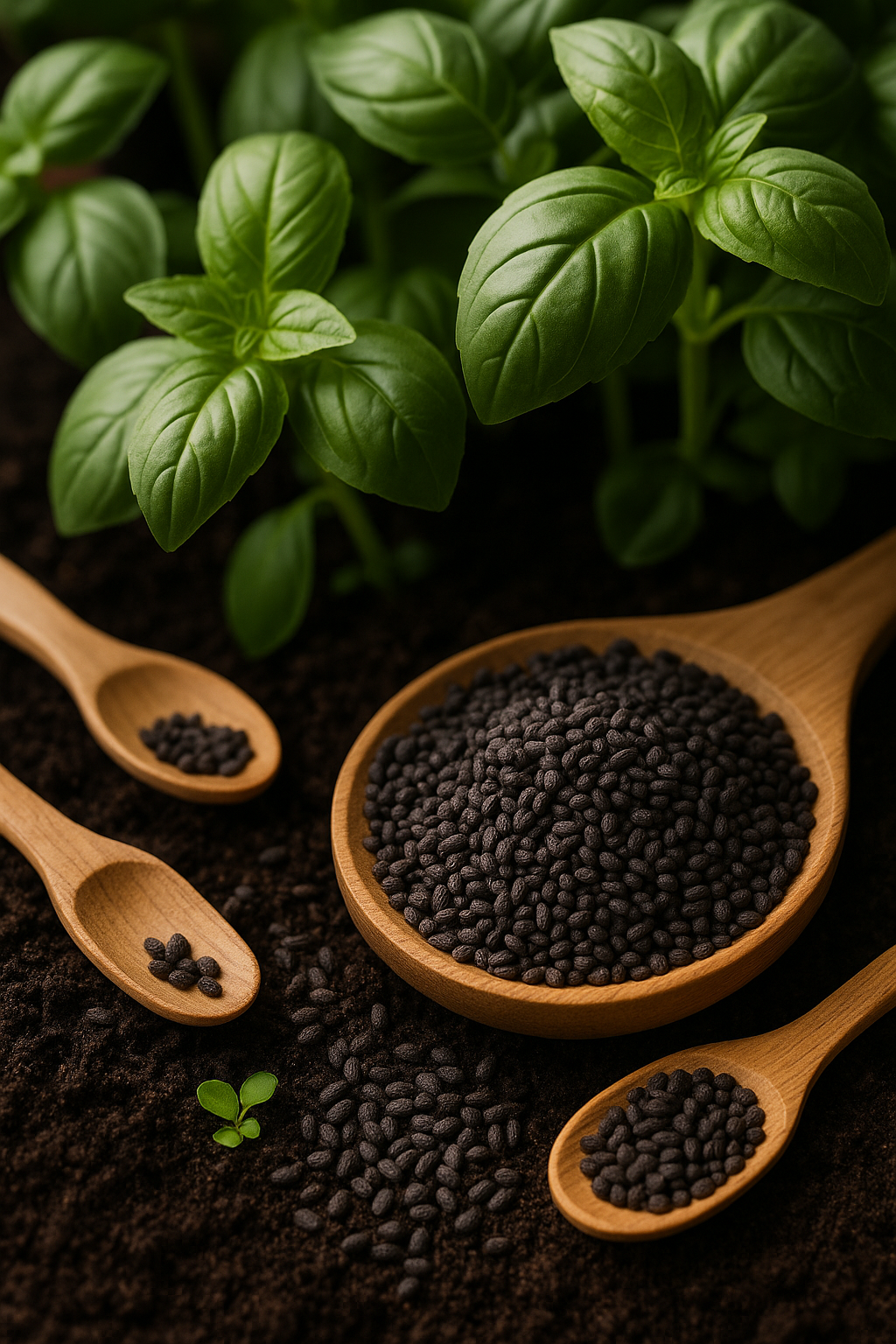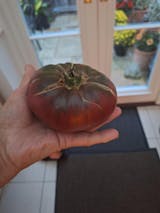🌿 Green manures: naturally feeding the soil
Green manures are plants sown not to harvest, but to feed, protect, and regenerate the soil. Once established, they grow quickly, cover the soil, then are mowed or buried to return their organic matter to the soil.
Essential in permaculture and sustainable gardening, green manures help avoid chemical fertilizers, improve soil fertility, reduce erosion, and promote soil life. A simple, effective tool suitable for all types of vegetable gardens.
✅ Why sow green manure?
-
Structure the soil: some plants have strong roots that naturally loosen the earth, without digging.
-
Fix atmospheric nitrogen: thanks to Fabaceae (such as clover or alfalfa), nitrogen is captured from the air and then released into the soil.
-
Limit weeds: a dense plant cover slows down "weeds".
-
Protect bare soil: against frost, evaporation, and crusting caused by rain.
-
Promote microbial life: by providing fresh organic matter, favorable to earthworms and beneficial bacteria.
🌱 Which plants to use as green manure?
Here are some varieties that we offer for sale and that you can easily integrate into your planting plan:
💜 Phacelia
-
Very fast growth, in 6 to 8 weeks.
-
Honey plant melliferous, ideal for attracting pollinators.
-
Very low risk of diseases as it does not belong to common garden families.
-
To sow from March to October.
🍀 White clover or crimson clover
-
Excellent nitrogen fixer.
-
Slow but dense growth, excellent winter cover.
-
Sowing in spring or autumn.
🌾 Rye, oats, wheat, black sorghum
-
Perfect in autumn to protect the soil in winter.
-
Very structuring deep roots.
🌼 White mustard
-
Lightning germination: emergence in a few days.
-
To sow between two spring or summer crops.
-
👉 To avoid before or after cabbages (same botanical family).
💚 Alfalfa
-
Fixes nitrogen, deeply aerates the soil, long coverage duration.
-
Ideal for tired or compacted plots.
📅 When to sow green manure?
| Season | Recommended varieties |
|---|---|
| Spring | Phacelia, white mustard, crimson clover |
| Summer | Mustard after harvesting potatoes or garlic; phacelia as a relay |
| Autumn | Rye, oats, white clover |
Tip: sow broadcast or in rows. Cover lightly, water, and let nature do its work.
✂️ When and how to cut them?
-
Before flowering to prevent them from going to seed (unless you want flowers).
-
Cut close to the ground or mow, then:
-
let dry in place as mulch;
-
or lightly incorporate into the soil (light work with a claw).
-
-
Wait 2 to 4 weeks before sowing a new crop, allowing time for the matter to decompose.
🪴 Where to integrate them in the vegetable garden?
Green manures are integrated:
-
between two main crops, during rotations,
-
on temporarily free plots, awaiting occupation,
-
in resting areas (fallow garden or tired soil),
-
in mounds, lasagna beds, boxes, or urban planters.
🌾 Conclusion
Sowing green manure is offering a regenerative break to the soil, while preparing it for the following crops. A simple, economical, and ecological gesture, accessible to all gardeners, from balcony to field.





Leave a comment
This site is protected by hCaptcha and the hCaptcha Privacy Policy and Terms of Service apply.